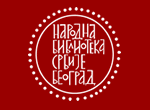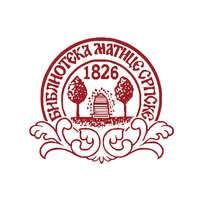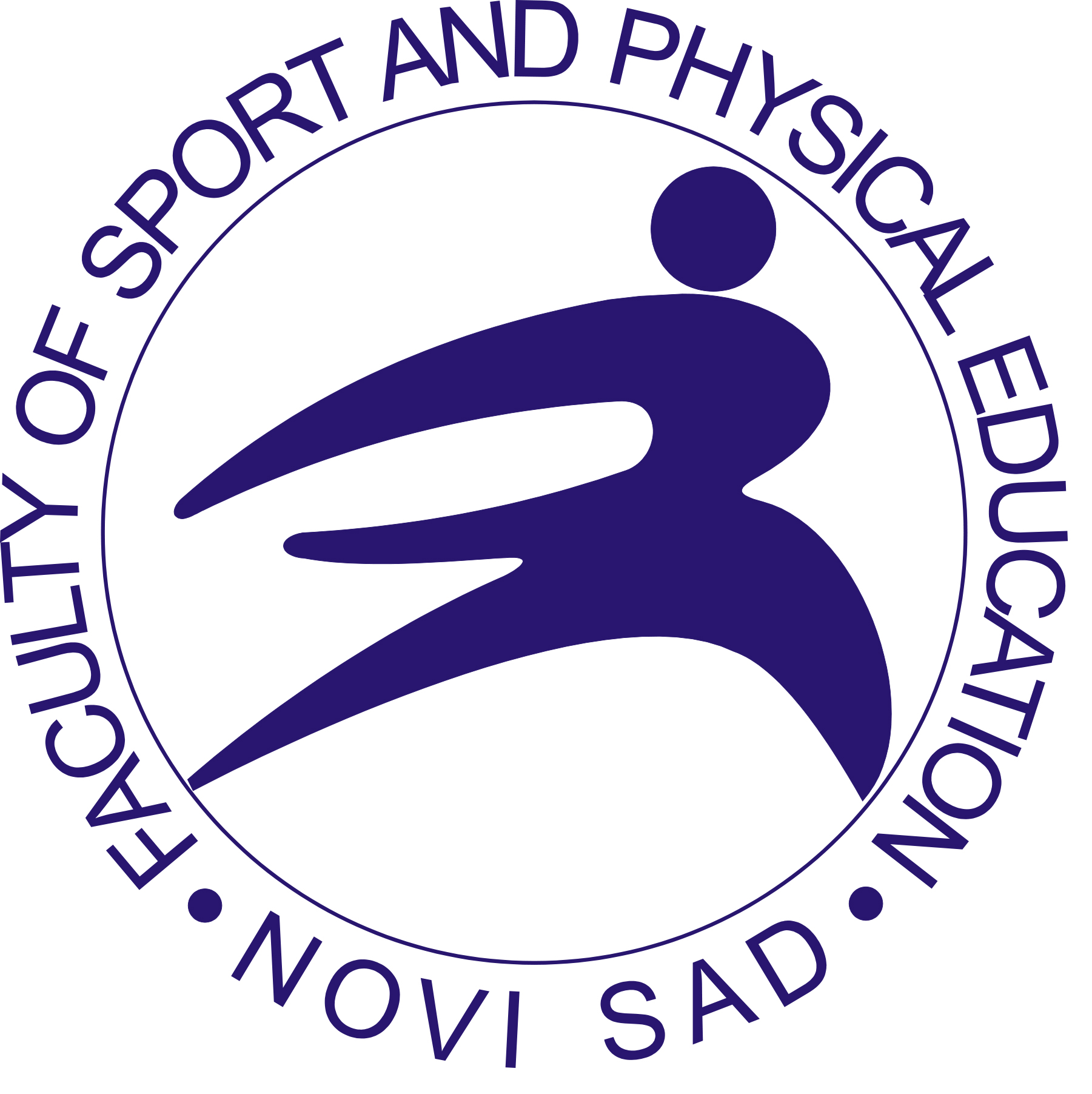
More articles from Volume 7, Issue 2, 2015
DOES THE CHANGE OF TESTING PROTOCOL HAVE AN INFLUENCE ON THE RELIABILITY IN MOTOR SKILL TESTS?
IMPLEMENTATION OF ASSESSMENTS FOR LEARNING IN ELEMENTARY SCHOOL PHYSICAL EDUCATION PRACTICE
THE EFFECTS OF LIVE AND VIDEO DEMONSTRATION ON THE EARLY ACQUISITION OF A NEW MOTOR TASK
STRESS COPING RELATIVE TO COMPETITIVE EXPERIENCE OF HANDBALL PLAYERS
STRESS COPING RELATIVE TO COMPETITIVE EXPERIENCE OF HANDBALL PLAYERS
Faculty of Sport and Physical Education , Novi Sad , Serbia
Faculty of Sport and Physical Education , Novi Sad , Serbia
Abstract
The aim of this study is to examine differences in stress coping between handball players of
different competitive experience. The sample consists of 127 handball players from 10 clubs
in Serbia, 83 of whom are males and 44 are females. All participants are divided in three
groups, which are formed according to their competitive experience: up to 5 years (n = 42),
up to 10 years (n = 58), over 10 years (n = 26), with an assumption that there are no
significant differences between male and female handball players (p = .909). General SelfEfficacy Scale (SGSE; Schwarzer, & Jerusalem, 1981) is applied. The findings indicate that
there are significant differences in stress coping between handball players with different
levels of competitive experience (p = .021); the longer the competitive experience, the more
efficient stress coping is. As regards the findings of previous studies and the specificity of
handball, this paper provides possible explanation of obtained results and their
implementation in everyday activities of athletes and coaches.
Keywords
References
Citation
Copyright

This work is licensed under a Creative Commons Attribution-NonCommercial-ShareAlike 4.0 International License.
Article metrics
The statements, opinions and data contained in the journal are solely those of the individual authors and contributors and not of the publisher and the editor(s). We stay neutral with regard to jurisdictional claims in published maps and institutional affiliations.
























